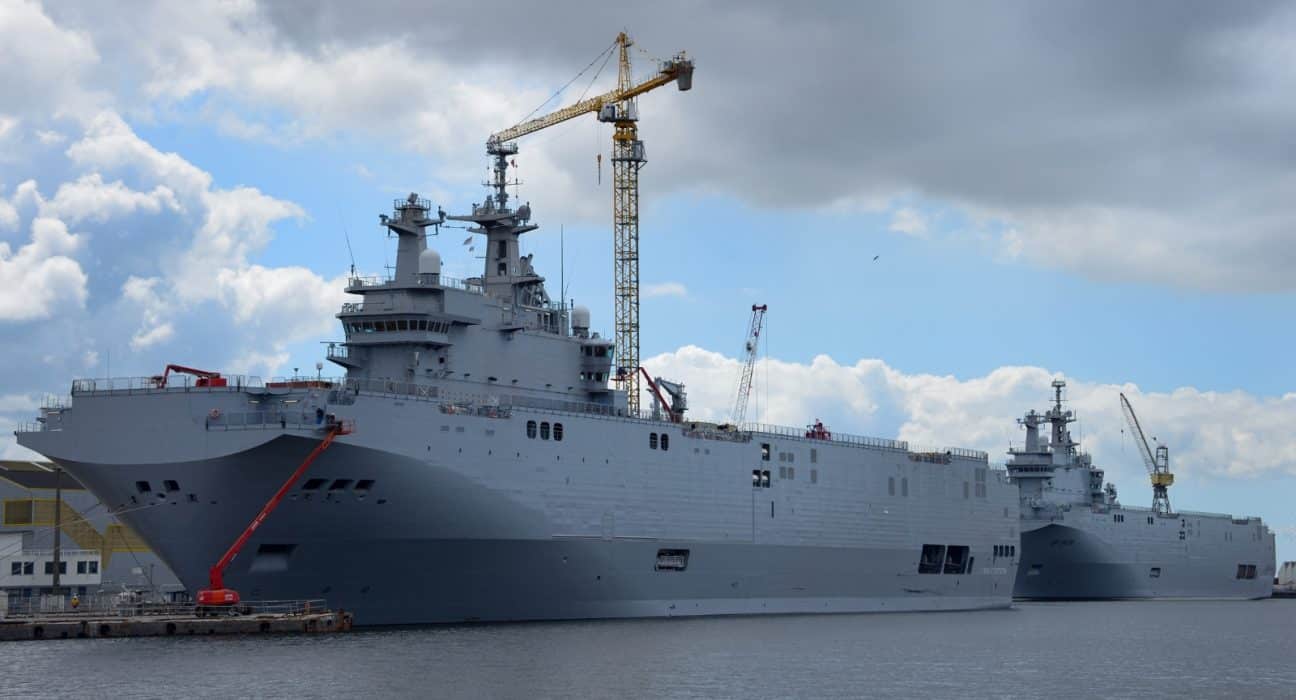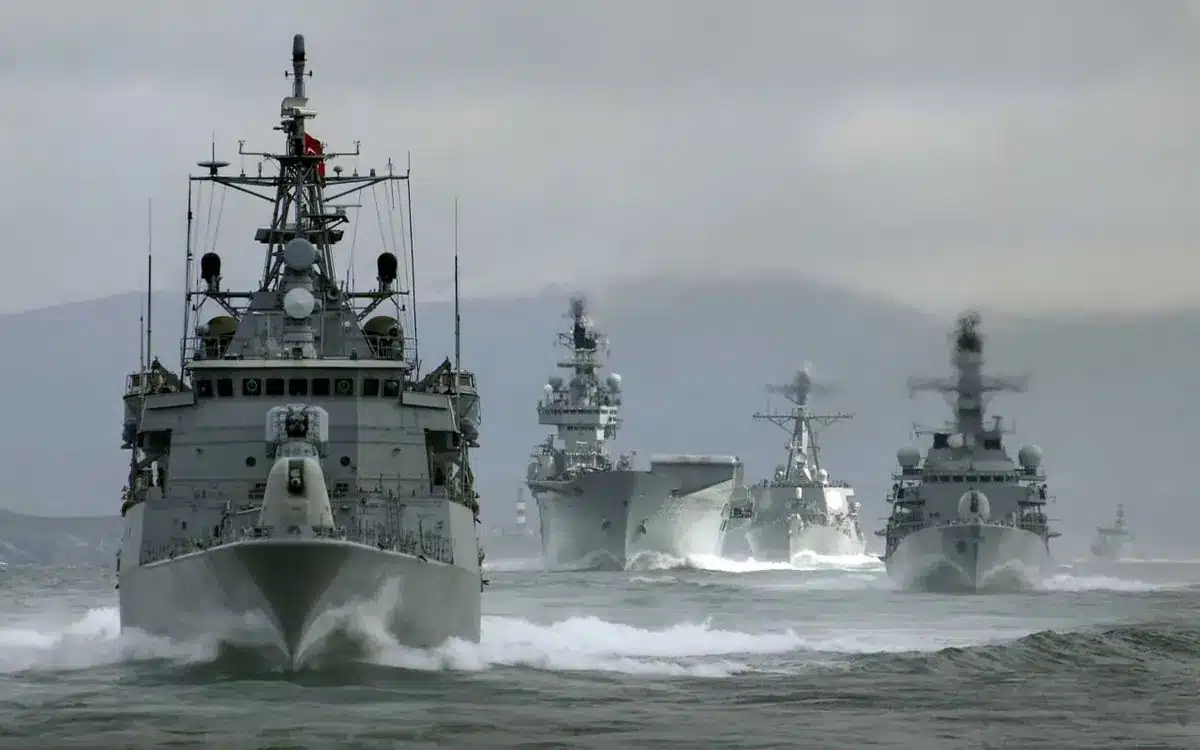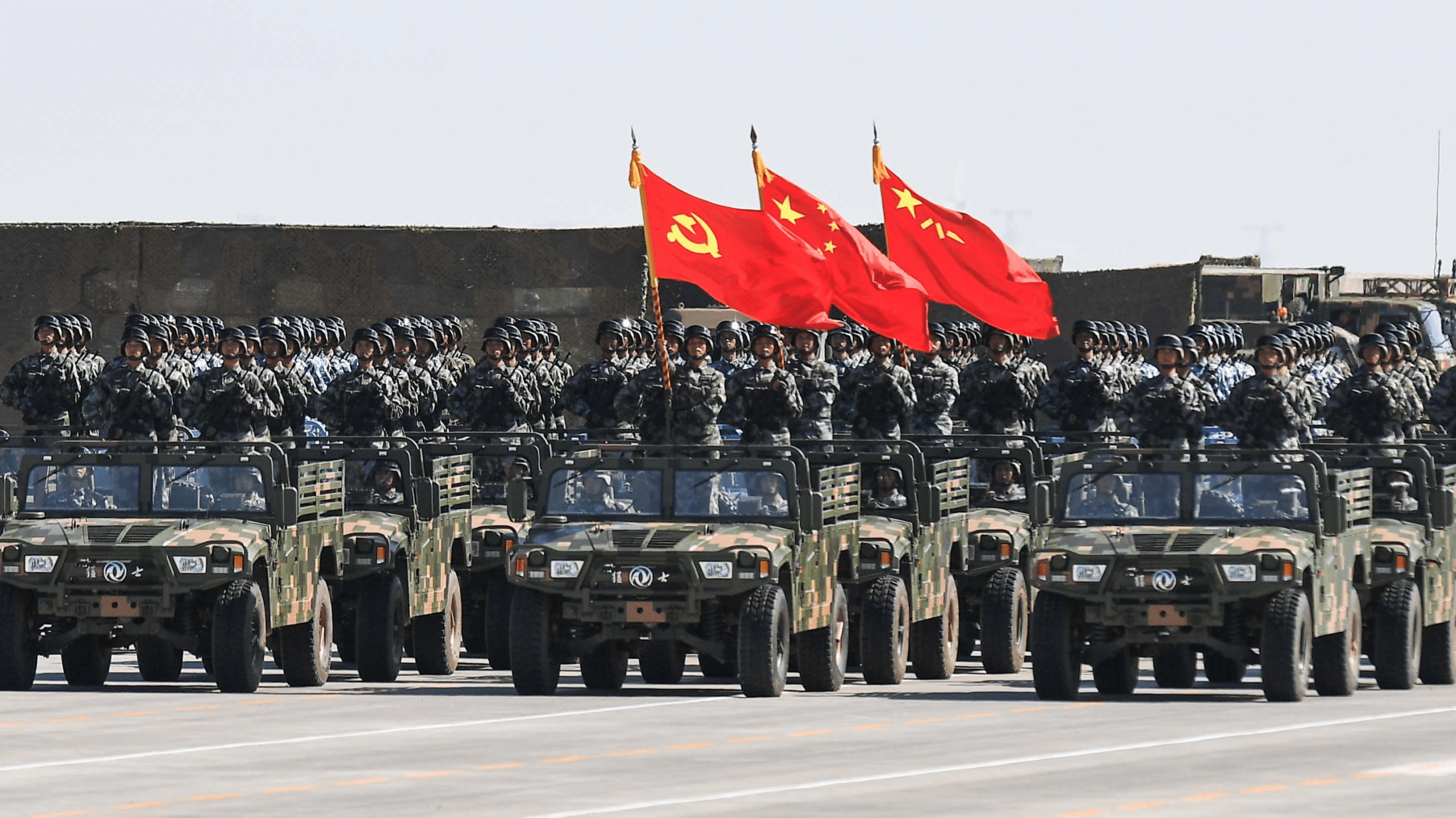In 2025, Egypt is consolidating its role as a regional military power, balancing naval ambition, diplomatic pragmatism, and technological modernization. As Cairo develops a joint VTOL drone program with Turkey and expands defense partnerships with Russia, France, and Gulf allies, the Egyptian Armed Forces continue to reshape their force projection capabilities. Within this broader transformation, the two French-built Mistral-class amphibious assault ships, Gamal Abdel Nasser and Anouar El Sadate, stand as both a diplomatic symbol and an operational asset: vessels once bound for Russia, now at the core of Egypt’s maritime posture and its drive for strategic flexibility across the Mediterranean and Red Sea.
In September 2014, following Russia’s intervention in Ukraine, the annexation of Crimea and the war in Donbas, France suspended the sale and delivery of two Mistral-class amphibious assault ships, the Vladivostok and the Sevastopol. After months of diplomatic twists and political pressure, the contract was canceled. Both ships were eventually resold to Egypt, renamed Gamal Abdel Nasser and Anwar El Sadat. Eleven years on, against the backdrop of current crises, what has become of these ships?
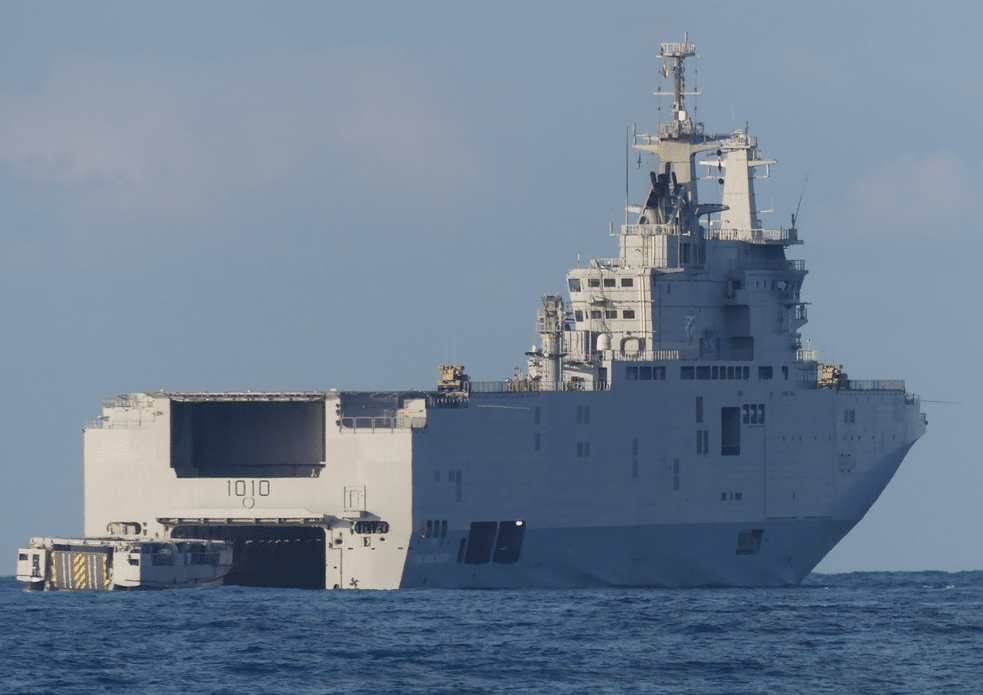
Origins of the deal
The story began in 2008, during a naval review where the Russian Navy expressed strong interest in the French Mistral-class design, large multi-role warships the French Navy had just commissioned. The potential sale was geopolitically significant: it would have marked the first purchase of a complete warship by Russia from a NATO country since 1945.
Negotiations initiated by France triggered criticism at home, skepticism from NATO allies, and resistance from segments of the Russian defense industry. Nevertheless, construction moved forward. Vladivostok was launched in 2013 and Sevastopol in 2014.
But Moscow never received them. The French government, under mounting pressure following Russia’s actions in Ukraine, froze the deal. The contract was terminated, Russia was reimbursed, and the two ships found a new buyer: Egypt.
“Swiss Army Knives” of naval power
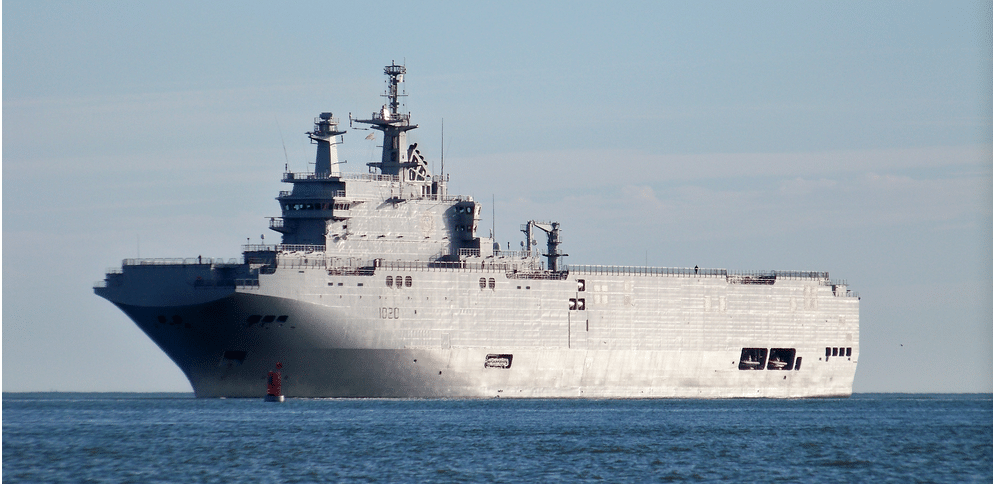
The Mistral-class vessels are imposing steel warships: 199 meters long, 20,000 tons displacement, with a draft of 6.2 meters and an air draft of 64.3 meters. Originally designed to operate in icy waters with Russian crews, they now serve under the Egyptian flag in the warmer Mediterranean.
With a core crew of about 170 sailors (excluding air group and command staff), the ships are true multi-role platforms:
- Medical support: a fully equipped hospital with two operating theaters and 70 beds, tested by French sister ships during humanitarian missions off Lebanon and Gaza.
- Command and control: facilities for a 200-strong staff, regularly exercised in multinational drills.
- Naval aviation: Egypt opted for Russian-built Kamov helicopters, including the Ka-52 attack variant, although deliveries have faced delays.
- Amphibious operations: modern landing craft, including roll-on/roll-off designs, capable of deploying troops and armored vehicles ashore.
This versatility makes the class a strategic tool for power projection.
What role for Egypt?
The key question remains: how does Egypt employ these ships?
Designed to deploy helicopters and amphibious forces over long distances, the Mistral is effectively a mobile logistics and strike base. In Libya, for example, it could serve as a launchpad for helicopter raids—similar to how France and the United States have employed such vessels. Compared to a land-based airfield in the Libyan desert, a ship is easier to defend at sea and far more flexible.
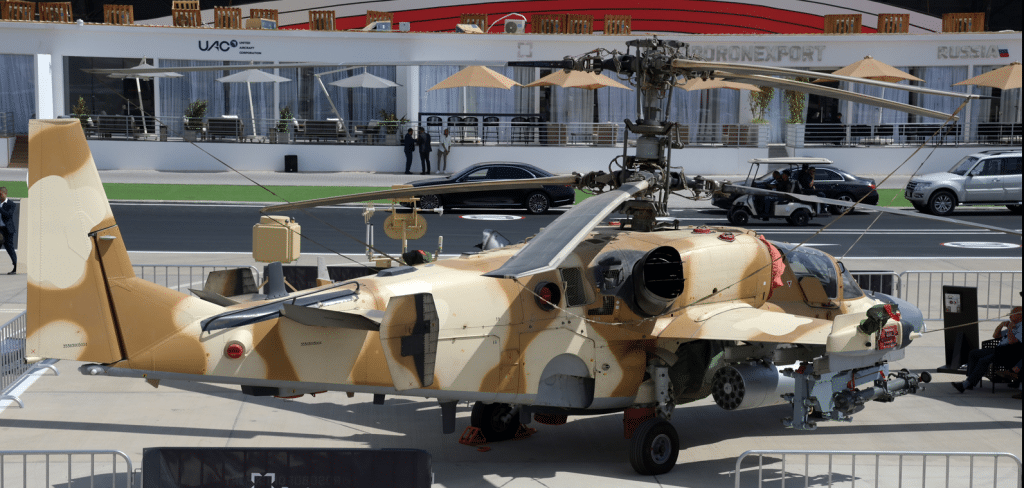
The same logic applies to Yemen, where Egypt’s allies are engaged against Iran-backed Houthi forces. Beyond combat, the ships’ medical facilities and heavy-lift capacity make them useful for humanitarian and stabilization missions.
Still, prestige plays a role. Owning two advanced amphibious assault ships signals Egypt’s ambition to act as a regional power. By basing one ship in the Mediterranean and the other in the Red Sea, Cairo has positioned itself as a two-front maritime actor.
Future of the concept
Since the war in Ukraine, the conflict in Nagorno-Karabakh, and the widespread use of combat drones, navies worldwide are reassessing the utility of “drone carriers”. A vessel with a full-length flight deck, spacious island, and adaptable well deck could become central to future fleets.
It is no coincidence that new concepts are emerging in parallel: Russia’s planned Ivan Rogov-class, Turkey’s TCG Anadolu, and Portugal’s upcoming NRP D. João II.
Had Russia received the Mistrals in 2014, its ability to conduct amphibious operations in the Black Sea might have taken a very different shape. That counterfactual underscores how strategic such platforms remain.

